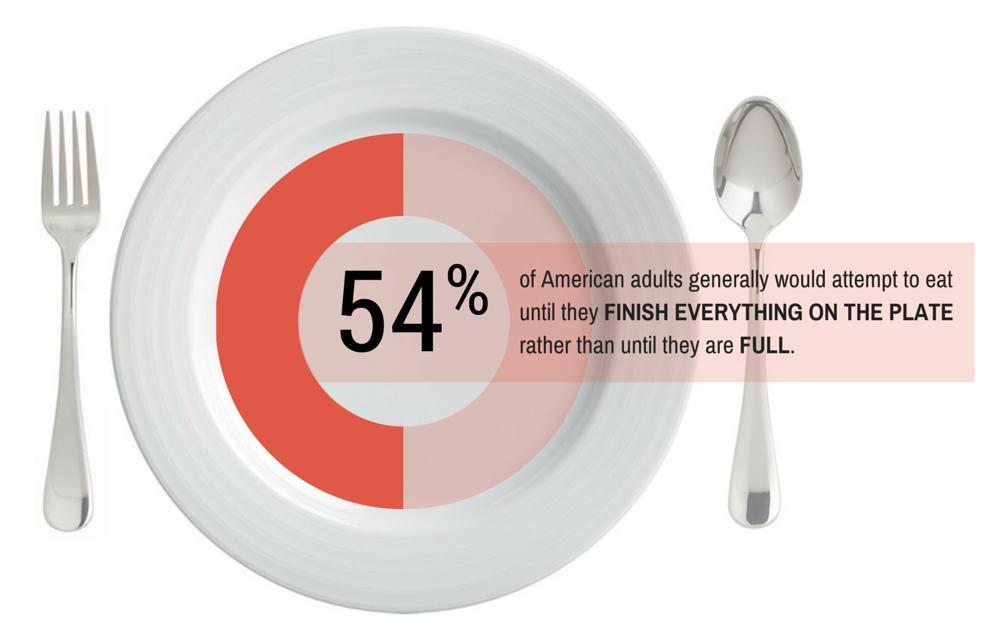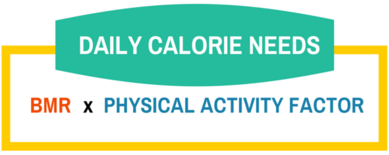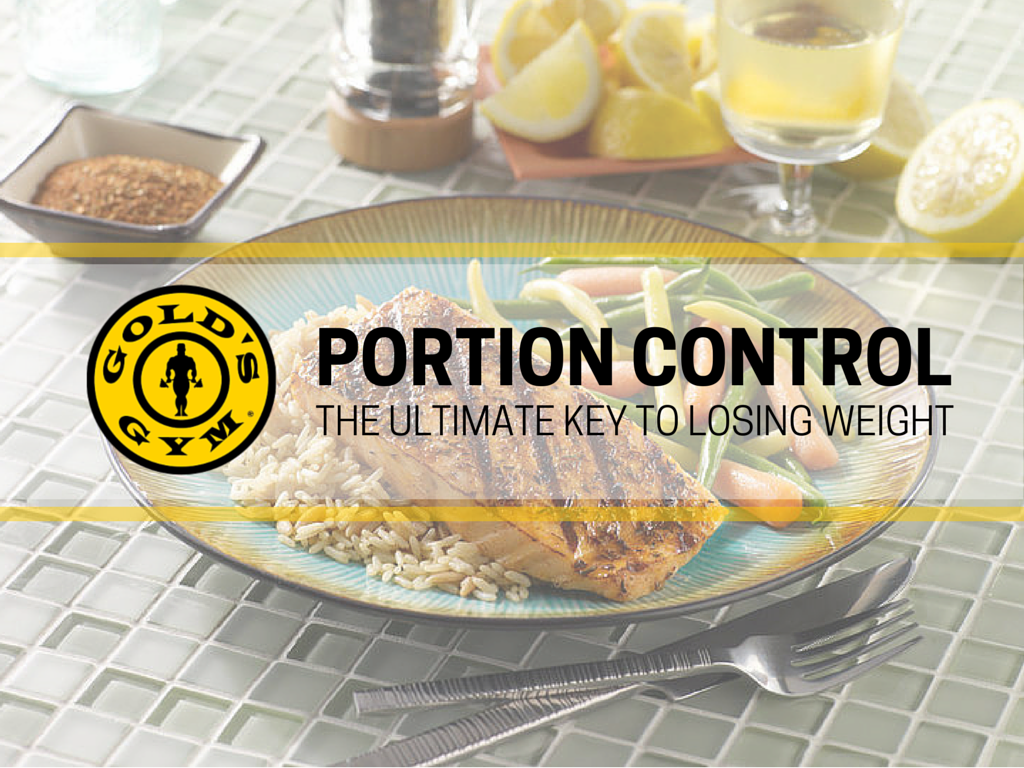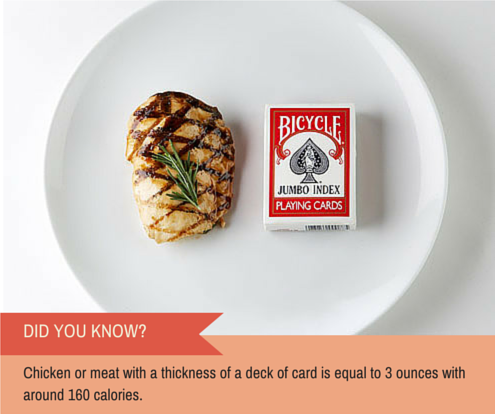KNOWLEDGE
The Ultimate Key to Losing Weight: Portion Control!
December 19, 2014
You’ve been on numerous calorie-restricting diets but the numbers on the scale just won’t budge. What gives? Learn the ultimate key to weight loss here!
WHY AREN’T YOU LOSING WEIGHT?
 From Paleo Diet, Gluten-free, Diet or even Dukan Diet that the Duchess of Cambridge was obsessing over way back when she was still just Kate Middleton. You’ve tried them all but nothing seems to help shed the pounds. So, what are you doing wrong?
From Paleo Diet, Gluten-free, Diet or even Dukan Diet that the Duchess of Cambridge was obsessing over way back when she was still just Kate Middleton. You’ve tried them all but nothing seems to help shed the pounds. So, what are you doing wrong?The truth is people tend to underestimate the amount of calories they are eating and overestimate the amount of calories they’ve burned. This is shown in numerous clinical researches and apparently it’s more likely to happen when you’re older, heavier and especially being a woman [1,2,3,4].
HOW MANY CALORIES DO YOU ACTUALLY NEED?
 Calories in = calories out. To maintain or lose weight, the amount of calories you eat has to be equal or less than the calories you’re burning respectively. Although this might be a tad too oversimplified since there are other factors that are in play or that you must keep in mind as well, but it’s a good rule of thumb to start with.
Calories in = calories out. To maintain or lose weight, the amount of calories you eat has to be equal or less than the calories you’re burning respectively. Although this might be a tad too oversimplified since there are other factors that are in play or that you must keep in mind as well, but it’s a good rule of thumb to start with. First, you have to know how much calories you actually need in a day. To maintain or lose weight, the amount of calories you should be eating everyday should be the same with or less than the energy you’re burning respectively. Your daily caloric need is dependent on few things like the Basal Metabolic Rate (BMR), the amount of calories you’re burning while your body at rest, and how much physical activity you’re doing in a given day.
First, you have to know how much calories you actually need in a day. To maintain or lose weight, the amount of calories you should be eating everyday should be the same with or less than the energy you’re burning respectively. Your daily caloric need is dependent on few things like the Basal Metabolic Rate (BMR), the amount of calories you’re burning while your body at rest, and how much physical activity you’re doing in a given day.There are several methods you can use to calculate your BMR. The most accurate being indirect calometry, which is difficult and rather expensive. A less accurate, but easier method of determining BMR is by using one of the several different formulas like the Mifflin – St. Jeor equation. Bear in mind that these calculations might not represent the real number, but at least you get a rough estimation of it [5]. Click HERE to calculate how much calories you actually need in a day!
HOW TO CONTROL YOUR PORTION?
Now that you know how much you should consume, how can you actually control your portion? The key is to be more mindful! The reason you’re munching on potato chip on your bed at 11 PM or downing 1 liter of your favorite soda is because you eat without thinking. Stop this now!
Start being more mindful about how much food is going inside your body. Influenced by consumption norms
and social convention, we’re used to finishing our plate regardless of how much food is in it [6]. Though this is the socially acceptable practice, you should change this mindset and start controlling your portion for the sake of your health!
You should stop eating when you are just about full, and stop finishing everything just because. Click HERE
to see the perfect portion on your plate! It’s a good idea to know the exact calorie content of the food you are eating but in practice that might be difficult and inconvenient. What you can do instead is using visual cues like your hand or typical household objects to estimate the calorie content of your food [6]. Click HERE to check out examples of using your hands as visual cues to estimate portion and HERE for visual cues using the household items!
and social convention, we’re used to finishing our plate regardless of how much food is in it [6]. Though this is the socially acceptable practice, you should change this mindset and start controlling your portion for the sake of your health!
You should stop eating when you are just about full, and stop finishing everything just because. Click HERE
to see the perfect portion on your plate! It’s a good idea to know the exact calorie content of the food you are eating but in practice that might be difficult and inconvenient. What you can do instead is using visual cues like your hand or typical household objects to estimate the calorie content of your food [6]. Click HERE to check out examples of using your hands as visual cues to estimate portion and HERE for visual cues using the household items!
MORE THAN PORTION
Think of your body like a machine. In order to make sure your machine is up and running smoothly you have to maintain it properly. Give it the fuel it needs. Not just any fuel, but the kind whose quality is
 guaranteed. The same thing can be applied to your body. Give your body the appropriate amount of energy it needs, and make sure that the energy sources are high quality ones. Eating the right amount calorie is favorable, but if the kinds of calorie your eating has no beneficial nutrition then you’re not taking care of your body the way you should! Click HERE to learn the suggested balanced nutrition you should be consuming proposed by the Ministry of Health Affairs of Indonesia!
guaranteed. The same thing can be applied to your body. Give your body the appropriate amount of energy it needs, and make sure that the energy sources are high quality ones. Eating the right amount calorie is favorable, but if the kinds of calorie your eating has no beneficial nutrition then you’re not taking care of your body the way you should! Click HERE to learn the suggested balanced nutrition you should be consuming proposed by the Ministry of Health Affairs of Indonesia!Now that you know the key to weight loss, start taking charge of your body! Control your portion, be mindful of what and how much you are eating, and make sure you’re eating the right kinds of things. You only have one body, make sure you’re taking proper care of it.
SOURCE:
1 Lichtman, S., Pisarska, K., Berman, E., Pestone, M., Dowling, H., Offenbacher, E., ... Heymsfield, S. (1992). Discrepancy Between Self-Reported And Actual Caloric Intake And Exercise In Obese Subjects. New England Journal of Medicine, 1893-1898.
2 Scagliusi, F., Polacow, V., Artioli, G., Benatti, F., & Lancha, A. (2003). Selective underreporting of energy intake in women: Magnitude, determinants, and effect of training. Journal of the American Dietetic Association, 1306-1313.
3 Kretsch, M., Fong, A., & Green, M. (1999). Behavioral and Body Size Correlates of Energy Intake Underreporting by Obese and Normal-weight Women. Journal of the American Dietetic Association, 300-306.
4 American Dietetic Association. (2007, January 3). Impact Of Under-Reporting Calorie Intake On Dietary Patterns And Weight. ScienceDaily. Retrieved November 12, 2014 from www.sciencedaily.com/releases/2007/01/070103201748.htm
5 Kelly, M. (n.d.). Resting Metabolic Rate: Best Ways to Measure It-And Raise It, Too. Retrieved December 4, 2014, from https://www.acefitness.org/certifiednewsarticle/2882/resting-metabolic-rate-best-ways-to-measure-it-and/
6 Wansink, B., Painter, J., & North, J. (2005). Bottomless Bowls: Why Visual Cues of Portion Size May Influence Intake. Social and Behavioral, 13(1), 93-100.
Gold's Gym Club
Gold's Gym Mall Ciputra | Gold's Gym Mall of Indonesia | Gold's Gym Thamrin City | Gold's Gym Cilandak Town Square | Gold's Gym Baywalk Mall Pluit | Gold's Gym Kalibata City Mall | Gold's Gym Braga Citywalk | Gold's Gym Cihampelas Walk | Gold's Gym Summarecon Mall Serpong | Gold's Gym Mall @ Alam Sutera | Gold's Gym Bintaro X-change | Gold's Gym The Breeze BSD | Gold's Gym Grand City Surabaya | Gold's Gym Surabaya Town Square | Gold's Gym Grand Metropolitan Bekasi
Gold's Gym Mall Ciputra | Gold's Gym Mall of Indonesia | Gold's Gym Thamrin City | Gold's Gym Cilandak Town Square | Gold's Gym Baywalk Mall Pluit | Gold's Gym Kalibata City Mall | Gold's Gym Braga Citywalk | Gold's Gym Cihampelas Walk | Gold's Gym Summarecon Mall Serpong | Gold's Gym Mall @ Alam Sutera | Gold's Gym Bintaro X-change | Gold's Gym The Breeze BSD | Gold's Gym Grand City Surabaya | Gold's Gym Surabaya Town Square | Gold's Gym Grand Metropolitan Bekasi
CONTENT WRITE UNDER






